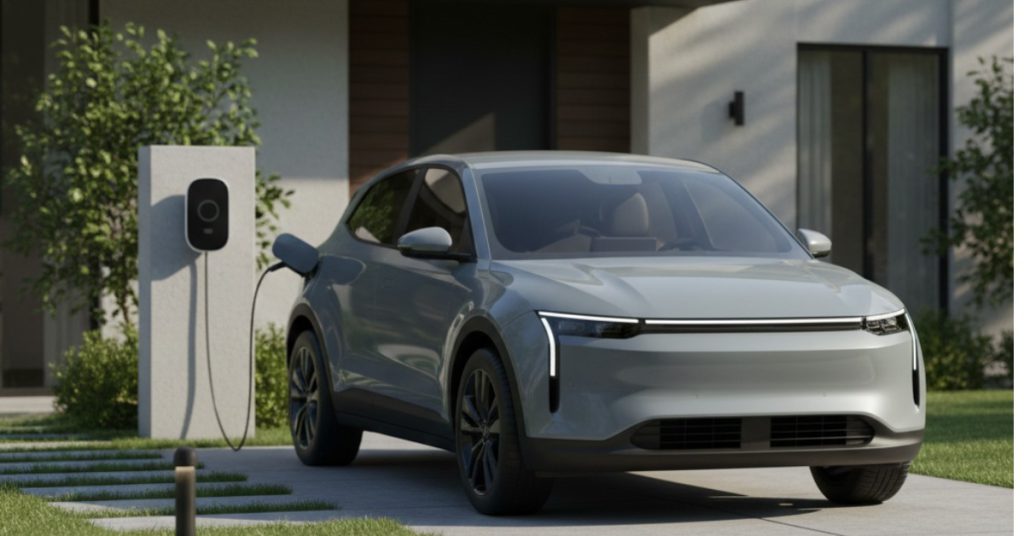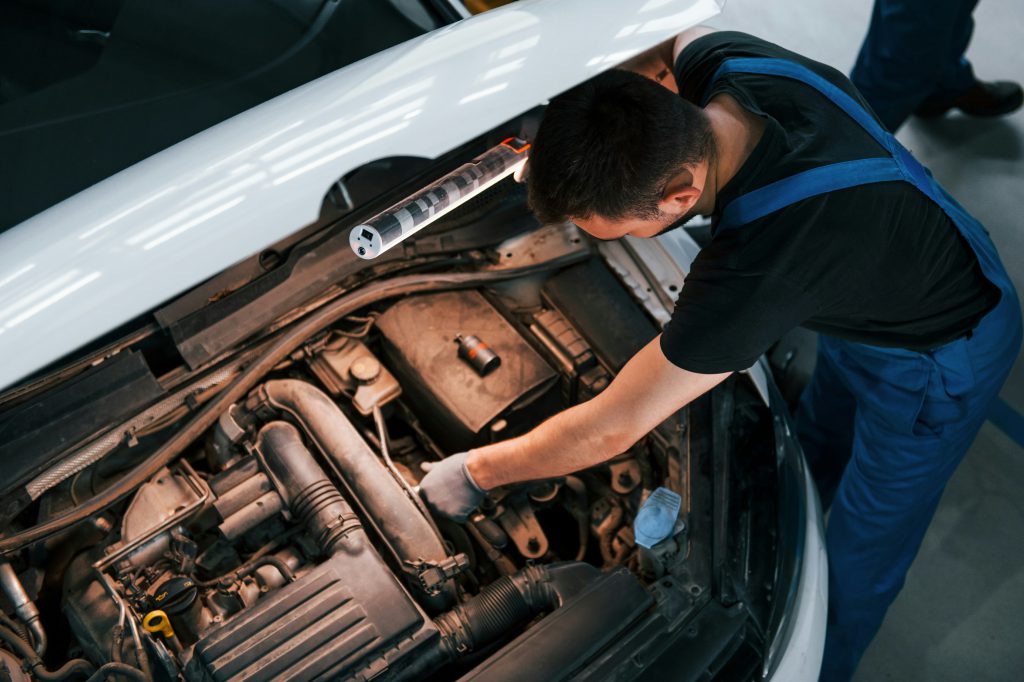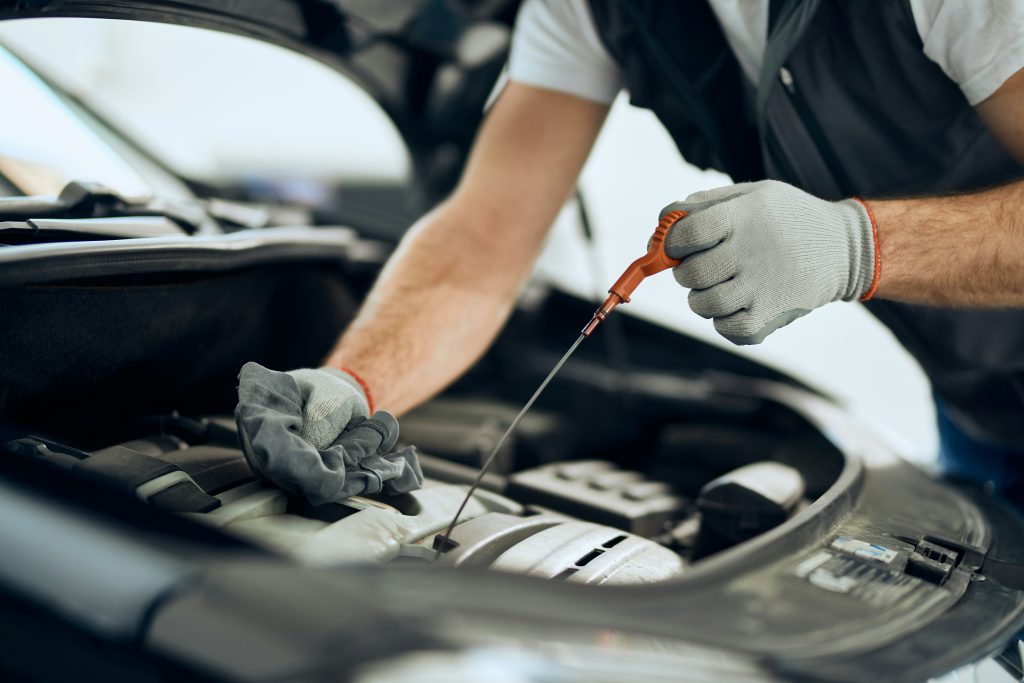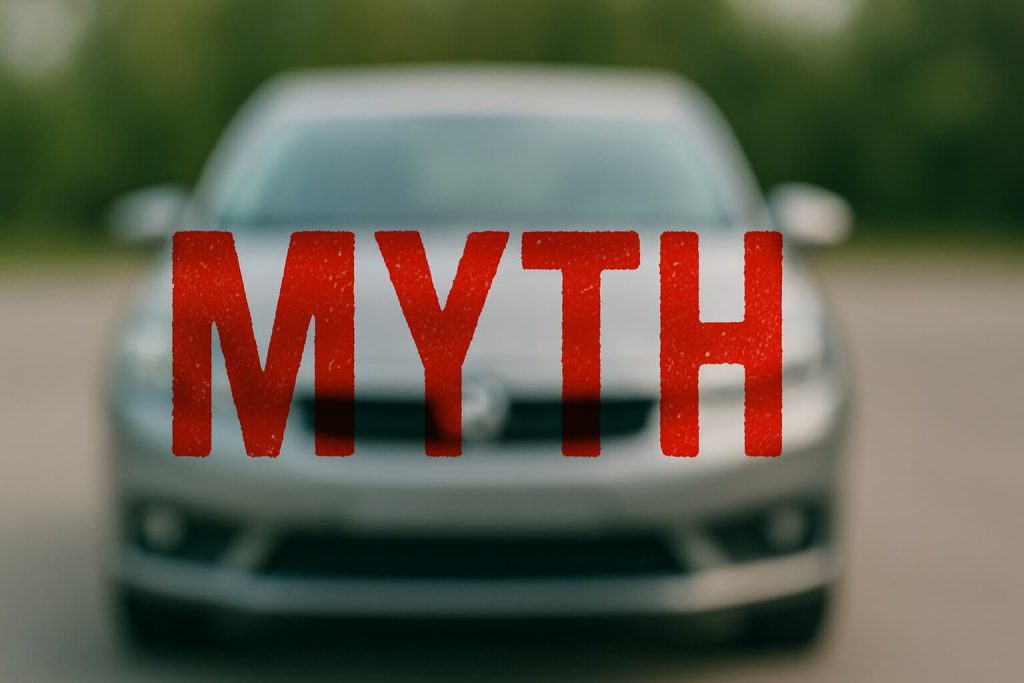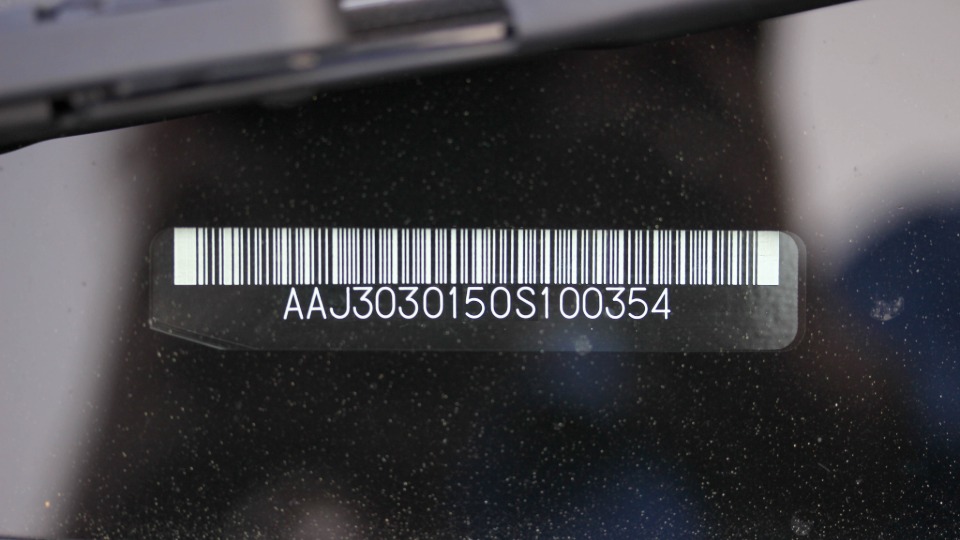Key Takeaways
- Regular car inspections are crucial for ensuring safety, improving vehicle performance, and saving on costly repairs.
- A methodical approach using a comprehensive vehicle inspection checklist can help identify and address potential issues in various car components, such as brakes, tires, lights, and engine systems.
- Maintaining proper fluid levels, inspecting tire conditions, checking lights and brakes, testing the battery, and examining belts, hoses, and the exhaust system are essential steps in keeping a car in optimal condition.
Benefits of Regular Car Inspections
Regular car inspections transcend routine; they form an integral part of responsible vehicle ownership. The safety of you and your passengers hinges on the proper functioning of your car’s critical safety features, which can be ensured through a thorough safety inspection. These features include:
- brakes
- tires
- lights
- steering
Identifying and rectifying potential problems early on significantly mitigates accident risks, thus enhancing driver safety.
Beyond safety, regular vehicle inspections also contribute to improved performance. An efficiently running car, resulting from proper maintenance, aids in detecting performance-hindering issues such as clogged filters or depleted fluid levels. This not only ensures your car operates smoothly but also optimizes fuel efficiency, saving you money in the long run.
Speaking of savings, detecting minor issues before they escalate into major repairs can save you a considerable amount of money. For example, the cost of replacing worn brake pads is significantly less than that of repairing damaged rotors. Regular inspections help you avoid unexpected breakdowns and the hefty costs associated with major repairs.
Moreover, maintaining your vehicle through regular inspections can increase its longevity. A car that is kept in good condition can serve you faithfully for many years, providing a higher resale value when it’s time to part ways.
Finally, there’s the peace of mind that comes with knowing your car is in optimal condition. When everything is functioning properly, you can drive with confidence, knowing that you’ve done everything possible to ensure your vehicle is safe and reliable.
Though initially daunting, car inspections become manageable and even routine with a systematic approach. Start by familiarizing yourself with a vehicle inspection checklist, which will guide you through the inspection process and ensure you don’t miss any critical components. This checklist typically includes essential areas like:
- the ignition
- engine
- starter motor
- distributor
- spark plug
- alternator
Every vehicle component contributes vitally to its overall performance and safety. Some examples include:
- The battery, which is essential for starting the vehicle and powering electrical components like lights and wipers
- The radiator, which helps maintain engine coolness by removing heat from the coolant
- The fan and compressor belt, which connect vital parts like the crankshaft pulley and alternator to the engine cooling fan
These components, along with many others, work together to ensure the smooth operation of your vehicle.
Guarantee a thorough inspection by adhering to the steps outlined in your vehicle owner’s manual, using the checklist as a guiding tool. This methodical approach will help you cover all bases, from checking the fuel tank that stores gasoline to inspecting the various lights on your vehicle.
Regular checkups can help you catch issues early and keep your car in prime condition for years to come.
Check Fluid Levels
Checking the fluid levels ranks among the simplest yet most vital aspects of a car inspection. Start with the engine oil. Using the dipstick, ensure the oil level is between the minimum and maximum marks. Be on the lookout for any signs of leaks or dirty oil, both of which can indicate underlying problems.
Next, check the following fluid levels in your vehicle:
- Coolant level in the reservoir to ensure it’s within the recommended range. Low coolant levels or visible leaks can lead to engine overheating.
- Brake fluid level; if it’s low, it might signal a leak or worn brake pads.
- Transmission fluid level to ensure it is at the proper level and free from leaks.
- Power steering fluid level to ensure it is at the proper level and free from leaks.
Lastly, keep the windshield washer fluid topped up for clear visibility in all weather conditions.
Inspect Tires
As your car’s direct point of contact with the road, tire condition is paramount for safety and performance. Begin by checking the tread depth using a tread depth gauge. The tread should be at least 1/16 of an inch deep; anything less and it’s time for new tires.
Equally important is tire pressure. Use a tire pressure gauge to ensure all tires, including the spare, are inflated to the manufacturer’s recommended levels. Don’t overlook a visual inspection for any cuts, bulges, or uneven wear, which could indicate alignment or suspension issues that need addressing.
Check Lights
Fully functioning lights are vital for maintaining visibility and safety. Begin by ensuring that all exterior lights are working correctly, including:
- Headlights
- Taillights
- Brake lights
- Turn signals
A burnt-out bulb can not only reduce your visibility on the road but also increase the risk of accidents.
Regularly checking and replacing any burnt-out bulbs ensures that your vehicle is visible to other drivers, especially during night drives or inclement weather. Remember to also check the license plate lights, as these are often overlooked but essential for compliance with vehicle safety inspections.
Inspect Brakes
Brakes, without a doubt, are among the most critical safety features of any vehicle. Start with a visual inspection of the brake pads and rotors through the wheel spokes. If the brake pads are less than 1/4 inch thick, it’s time to replace them.
Pay close attention to the feel of the brake pedal and listen for any unusual noises when braking. Squealing or grinding sounds can indicate worn pads or other issues that need immediate attention.
Ensuring your brakes are in good working order is crucial for driver safety and passing official inspection.
Test Battery
A dependable battery is crucial for initiating your vehicle’s operation and energizing its electrical components. Begin by checking the battery terminals for any signs of corrosion and ensure the connections are tight. Using a multimeter, check the battery voltage; it should read around 12.6 volts when the car is off.
Regular testing can prevent unexpected battery failures and ensure your car is ready to go when you are.
Examine Belts and Hoses
For the efficient functioning of your vehicle’s engine components, belts and hoses play a pivotal role. Inspect them for any signs of wear, cracking, or leaks. If you notice any deterioration, it’s essential to replace these parts promptly to avoid more significant issues.
Inspect Wipers and Windshield
Maintaining good visibility is key to safe driving. Check the condition of your windshield wipers and replace them if they’re streaking or not clearing the windshield effectively. Also, inspect the windshield itself for any chips or cracks that could impair your view.
Addressing these issues promptly ensures you can see clearly in all weather conditions.
Check Suspension and Steering
The suspension and steering systems of your vehicle are essential in maintaining control and comfort. Listen for any unusual noises when turning the steering wheel or going over bumps. Ensure the steering feels smooth and responsive, as any stiffness or unusual behavior can indicate underlying issues.
Examine Exhaust System
The exhaust system plays a critical role in managing your vehicle’s emissions and overall performance. Look for any signs of rust, damage, or leaks. While the engine is running, listen for unusual noises that could indicate problems.
Regular inspections, which require annual safety inspections, including an emissions test, help maintain air quality and ensure your vehicle meets emission standards as part of vehicle emission inspection programs.
Conclusion
Routine car inspections go beyond mere compliance; they encompass safety, performance, and peace of mind. By following a comprehensive inspection checklist, car owners can:
- Identify and resolve minor issues before they become major, costly repairs
- Enhance road safety
- Preserve vehicle value
- Extend the lifespan of their vehicle
Such diligence not only enhances road safety for commercial vehicles and motor vehicles but also preserves vehicle value, extends its lifespan, and ensures smooth vehicle passes.
While some inspections can be done at home, professional help is invaluable for thorough maintenance due to the expertise and advanced diagnostic tools mechanics possess. Embrace regular inspections as a proactive measure to keep your vehicle in optimal condition.
Summary
In summary, mastering regular car inspections is fundamental for ensuring your vehicle’s safety, performance, and longevity. By adhering to a detailed checklist and addressing issues promptly, you can enjoy a reliable and well-maintained vehicle. Take action today and make car inspections a regular part of your routine.
Frequently Asked Questions
How often should I perform a car inspection?
You should perform a basic car inspection monthly and a comprehensive inspection at least once a year to ensure your car is in good condition.
What are the most critical components to check during a car inspection?
The most critical components to check during a car inspection are fluid levels, tires, lights, brakes, battery, belts and hoses, wipers and windshield, suspension and steering, and the exhaust system. Checking these components ensures the overall safety and performance of the vehicle.
Can I perform a car inspection myself, or should I go to a professional?
It’s advisable to have a professional mechanic conduct thorough car inspections due to their expertise and diagnostic tools. You can perform basic inspections yourself, but for a more comprehensive assessment, a professional is recommended.
What are the benefits of regular car inspections?
Regular car inspections offer multiple benefits, including enhanced safety, improved performance, cost savings, increased longevity, and peace of mind. It’s important to prioritize these inspections to ensure your vehicle is in good shape.
